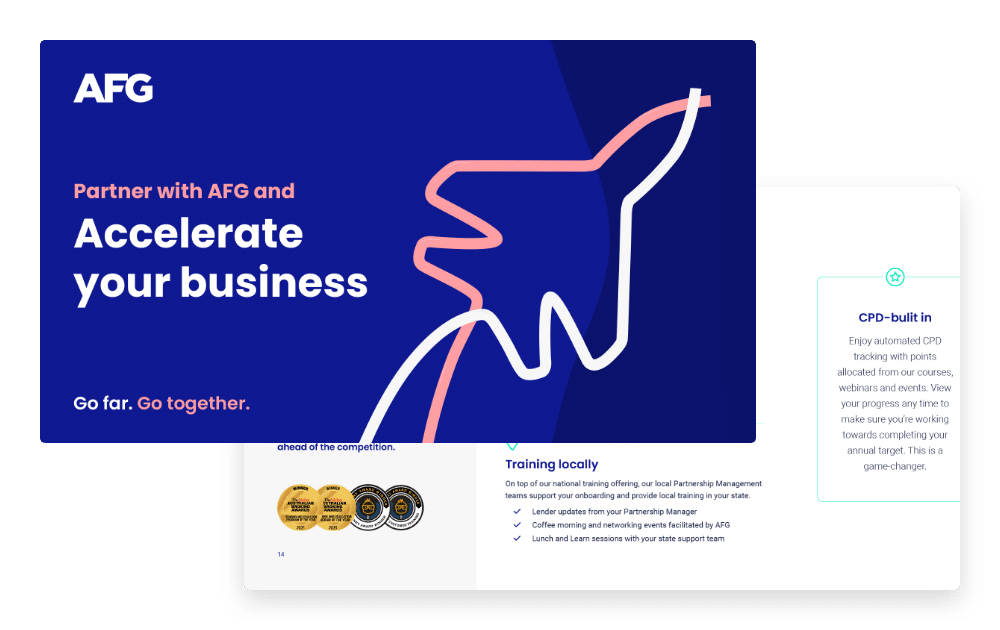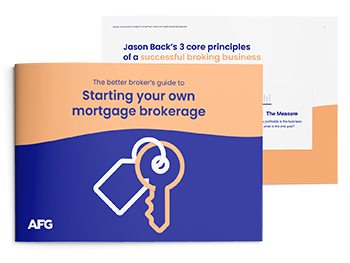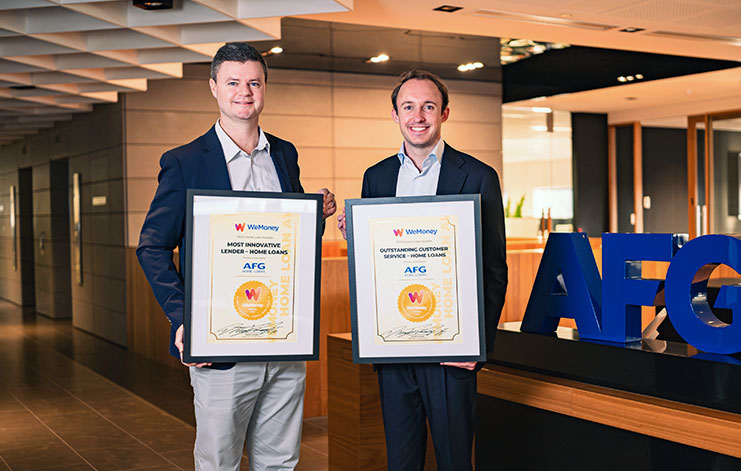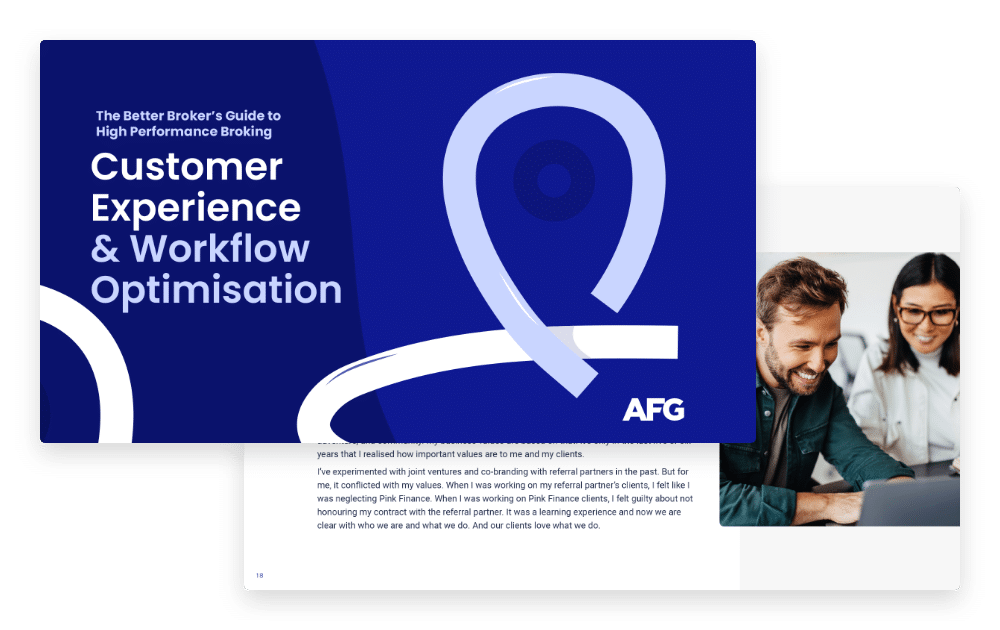Paying for advertising is one way to go about getting the word out there about your business, but there are also ways of doing it that involve your time but not your advertising dollars. Working with your local media to get your name out there can be a great way to go if you have something of worth to offer to their audience. This may be something like activity data, trends or tips. Have a think about what you could pitch to your local media representative, and here are some tips from us in terms of how to get your story across the line.
Simple things
Journalists change jobs all the time, especially in the print media, so make sure you are talking with the right person for the right story and check you have spelt their name correctly. It may seem a small thing to check, but it can make a big difference when a reporter is scanning a press release or an e-mail. Make it easy and do their job for them. Research your story pitch, back it up with other facts and experts and get savvy with graphics — size and type of files etc, and relax, it’s not as hard as you may think it is.
Make contact
It can sometimes be difficult to pry reporters out of their seats and away from their phones but meeting face-to-face is invaluable. The promise of a coffee or a drink can often help and it makes a big difference when you approach them with a story idea if the reporter has already met you.
Content, content, content
Journos are finding it harder and harder to generate their own content given the reduced resources around them in this day and age, so give them content, give them data, illustrate trends or behaviours and back it up with real people they can talk to for quotes and photo opportunities.
Media packs – what and why?
When drafting a press release, imagine most reporters don’t get past the first two paragraphs. It is the same with most newspaper stories and it is vital you outline the best information in the first few lines to capture the readers’ attention. An image or two tells a thousand words so where possible, accompany with images or a link to your Dropbox files of images for their use. Don’t imagine they know who you are, or what you do, or imagine that the industry you’re in is their passion too — convince them that what you’re trying to say is of importance and of interest to their audience.
Speak in plain English and make it easy
If the subject matter you are trying to convey is complicated, get someone outside your sphere to proofread it and make sure it isn’t littered with industry speak. Don’t use acronyms without explaining what on earth it means. The subject might seem simple to you but it needs to be written in plain English if you ever want to get a story run. And keep it short — ideally to one page. And make it easy for them, often press releases will end up word for word in print. The more work you do for them, the more control you will have over the finished product.
Target a number of sources
When you are trying to get exposure for a story consider all the different angles and approach reporters in all those areas. Often a story will have a number of angles and will cross over from general news to more of a feature style. Most people within the media industry know each other well, and giving the same angle to everyone with the same key images will just annoy them all and they will be wary of dealing with you again. If a publication or outlet is running your story, make sure the info you give to a rival outlet is different.
Follow up leads
If your pitch doesn’t get a run call the journo and ask if there is something specific they are looking for. But be aware that decisions get made in a heartbeat in a newsroom and if a story doesn’t make it, it is often the result of something arbitrary like a busy news day or a lack of space. Don’t take it personally and just keep trying when you have something appropriate to pitch. Don’t contact them unless you have something worthy to offer.
Writing the wrongs
Reporters and journos make mistakes. If something is wrong, call the reporter but wait until you are calm to dial the number. There is no benefit for a reporter to get something wrong and you will find most of them want to know if they have made a genuine error. Always end the call by thanking them.
Realistic expectations
A good relationship with a reporter won’t protect you from bad press. It is a reporter’s job to cover all the stories not just the good news. So, if you want to play in this space, be prepared there may be an opposite angle that a competitor or lender pitches to balance the story.
Manners, manners
Flattery can get you anywhere. Everyone loves to hear they have done a good job. If you are happy with something call and tell the reporter, it will do wonders for your relationship and ongoing press. Thank people. Did someone help get you a story, did someone help you with a new business opportunity, did someone help you set up a referral partner meeting? Follow up. All it takes is a thank you card and you find yourself in the media time and time again. Treat media and peripheral contacts the way you’d like to be treated. Treat them like a great client who has referred you.









